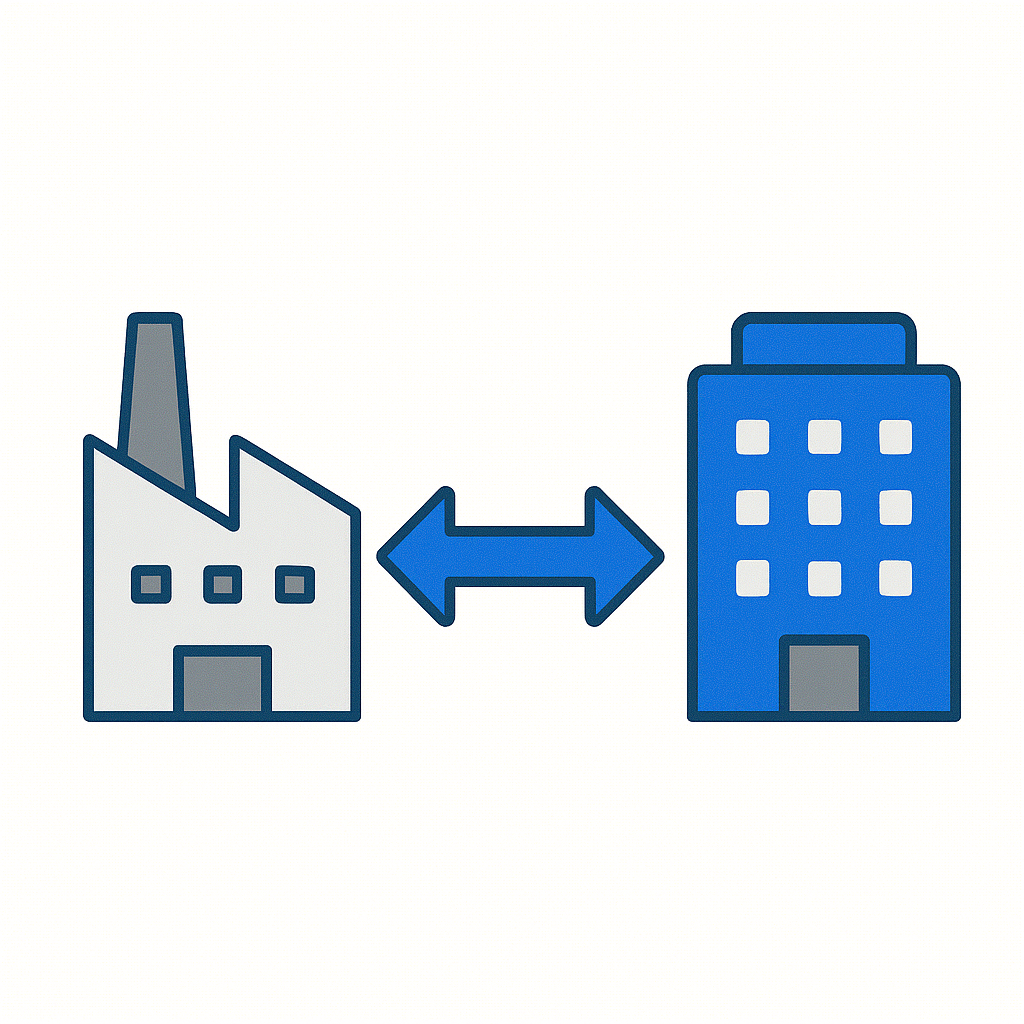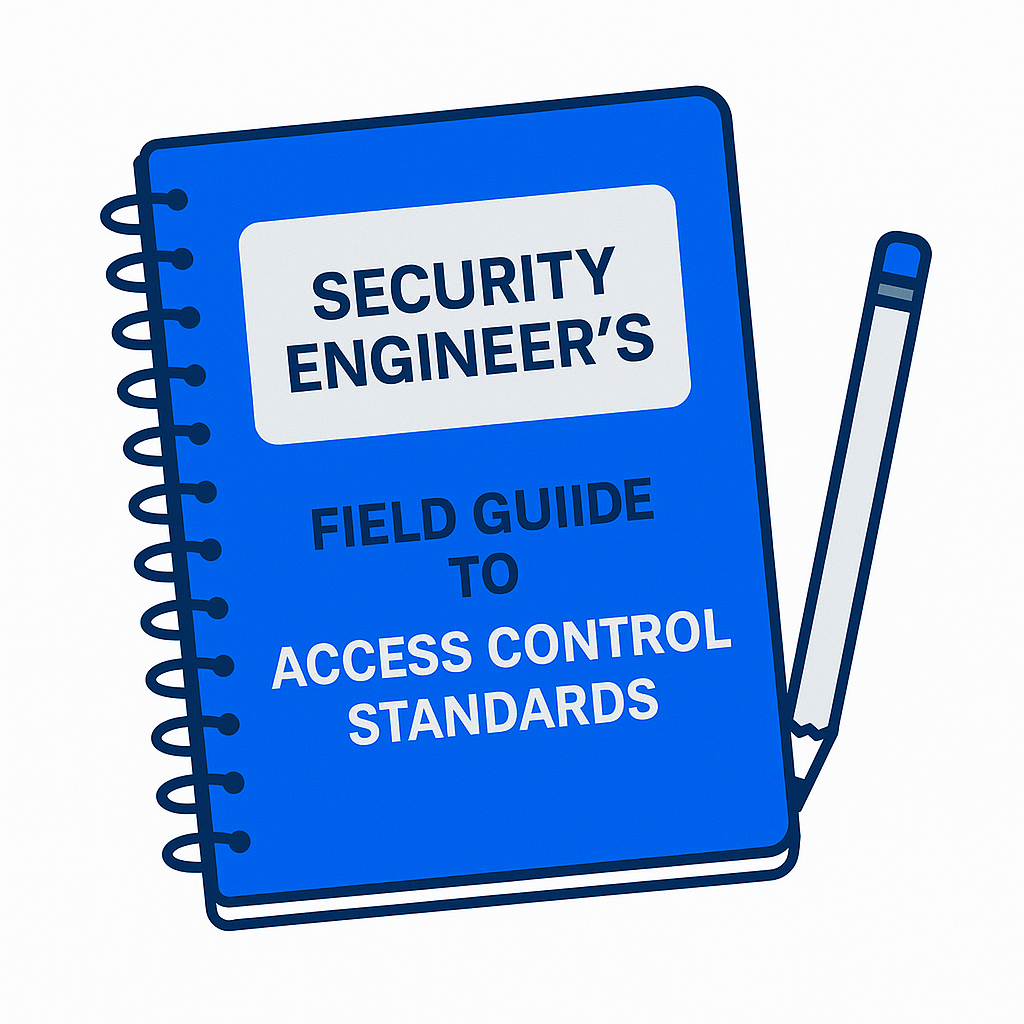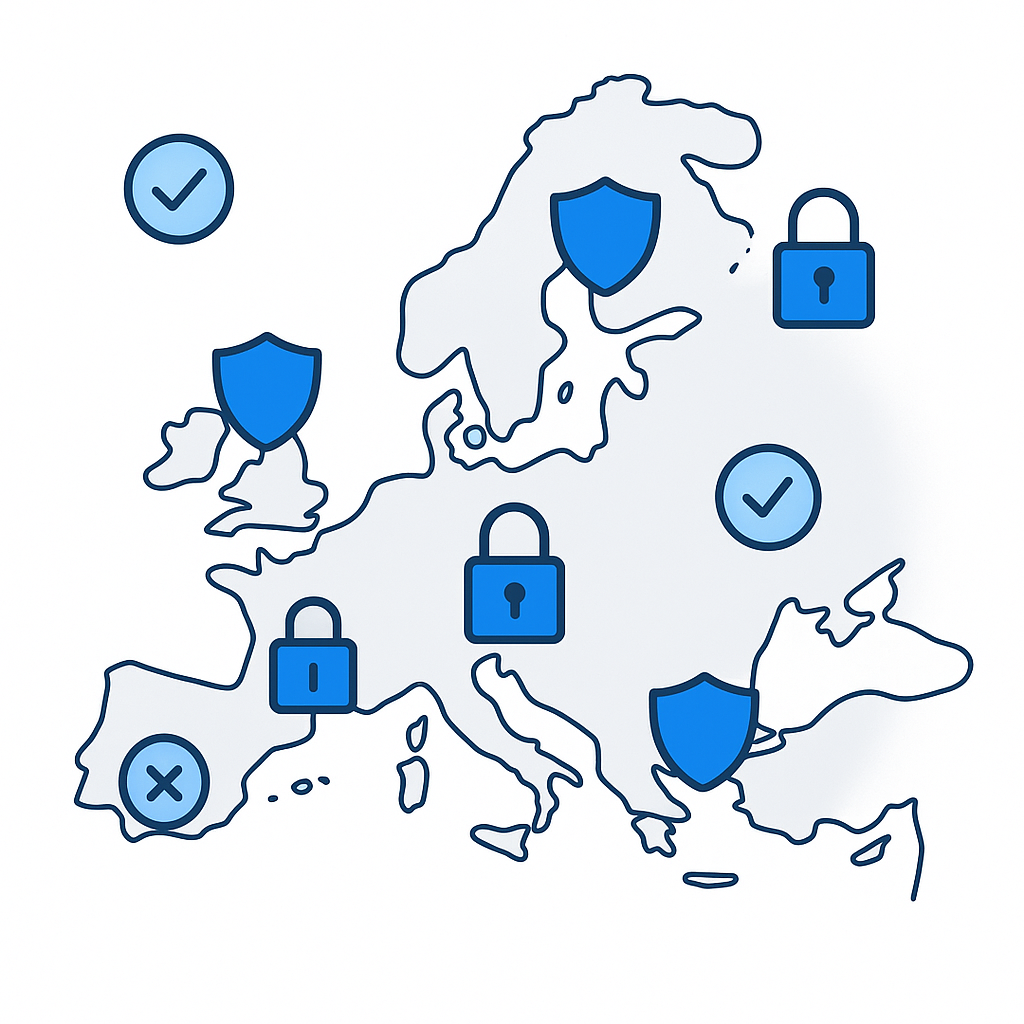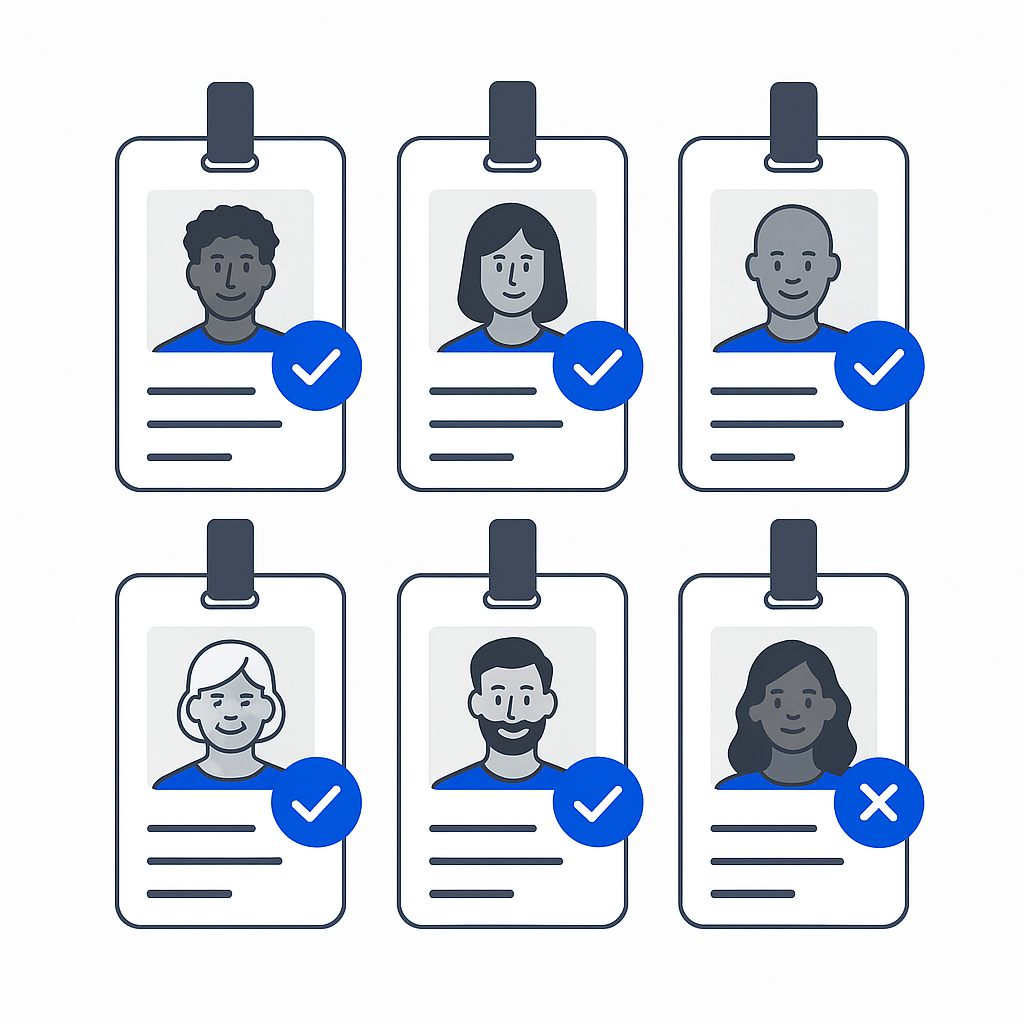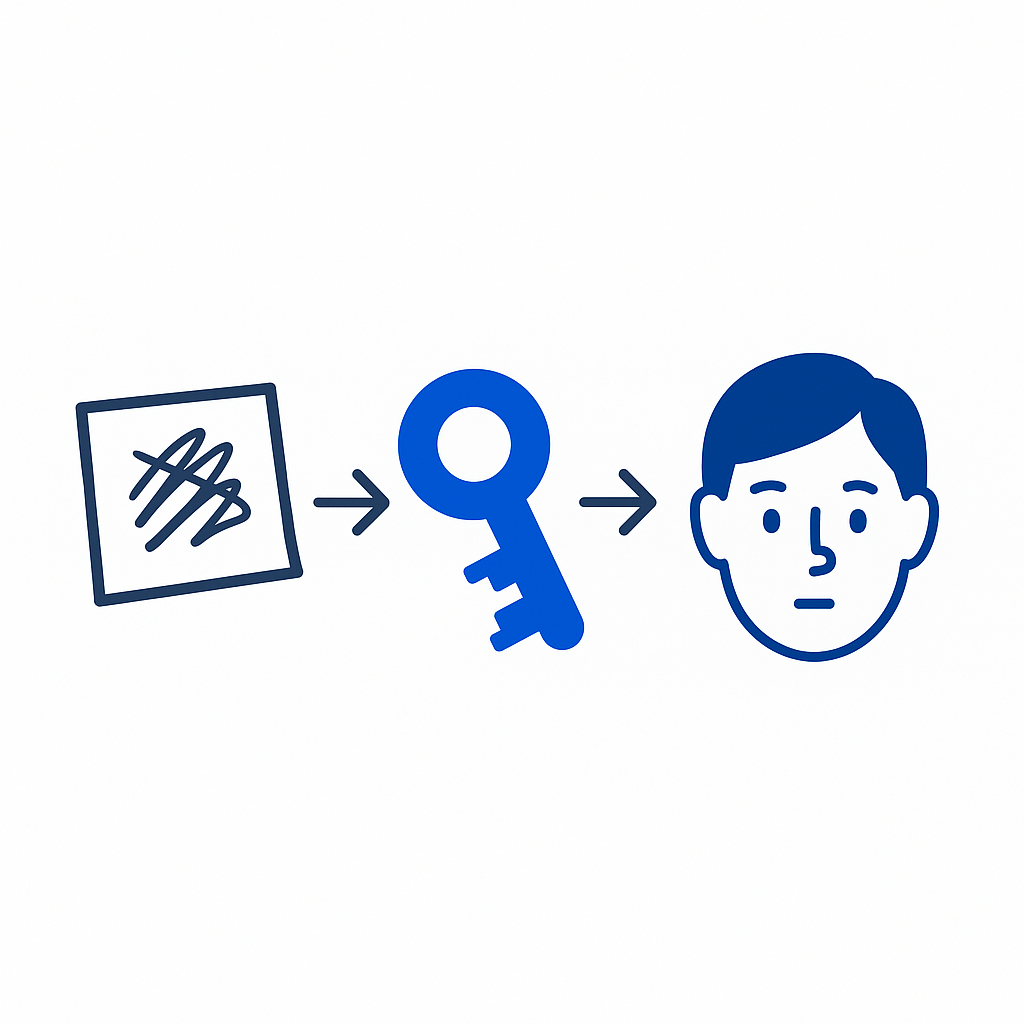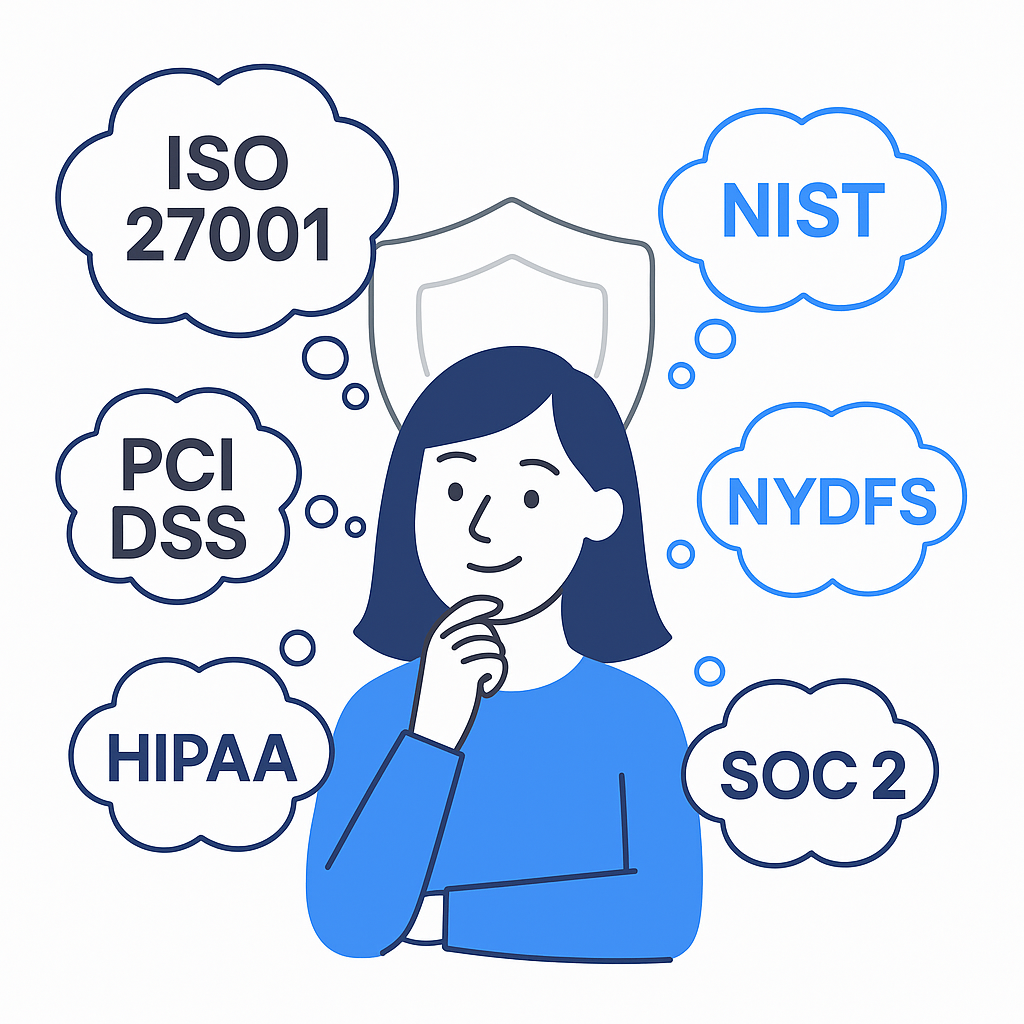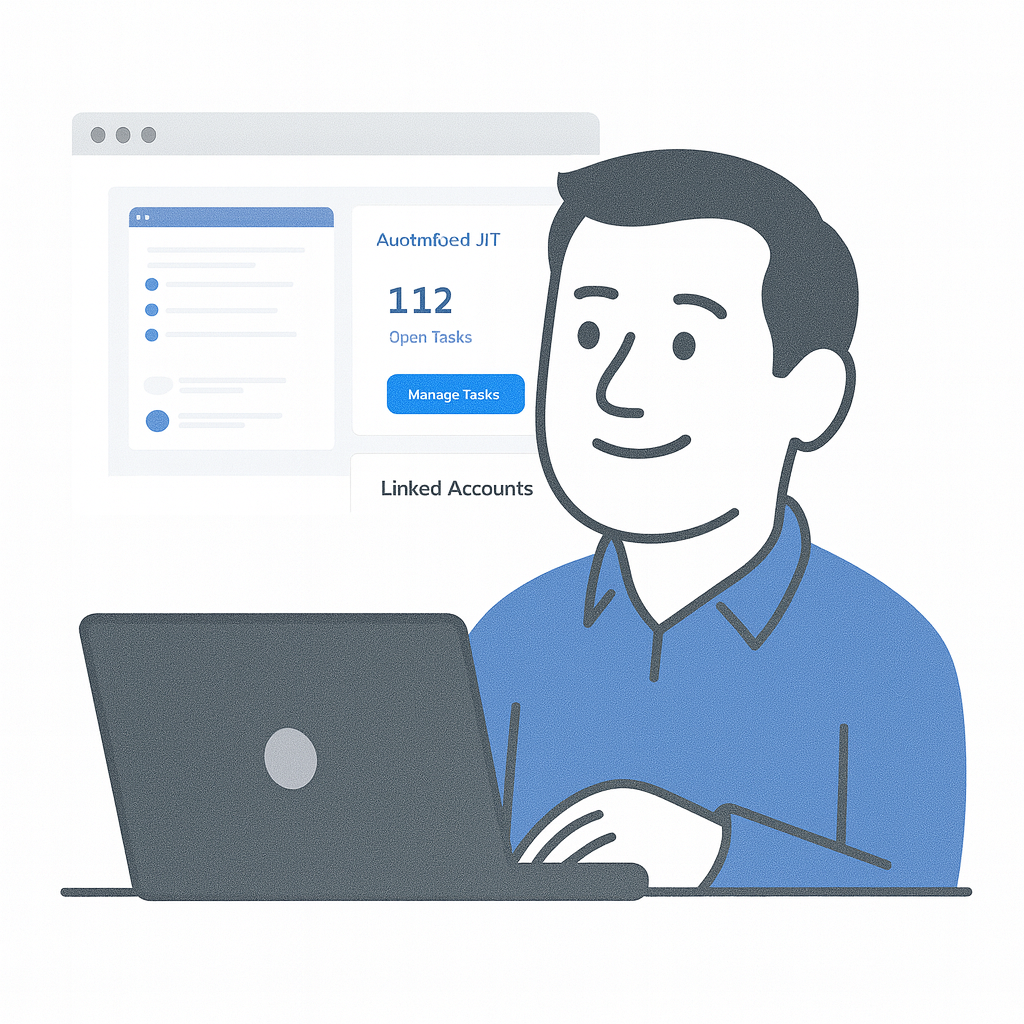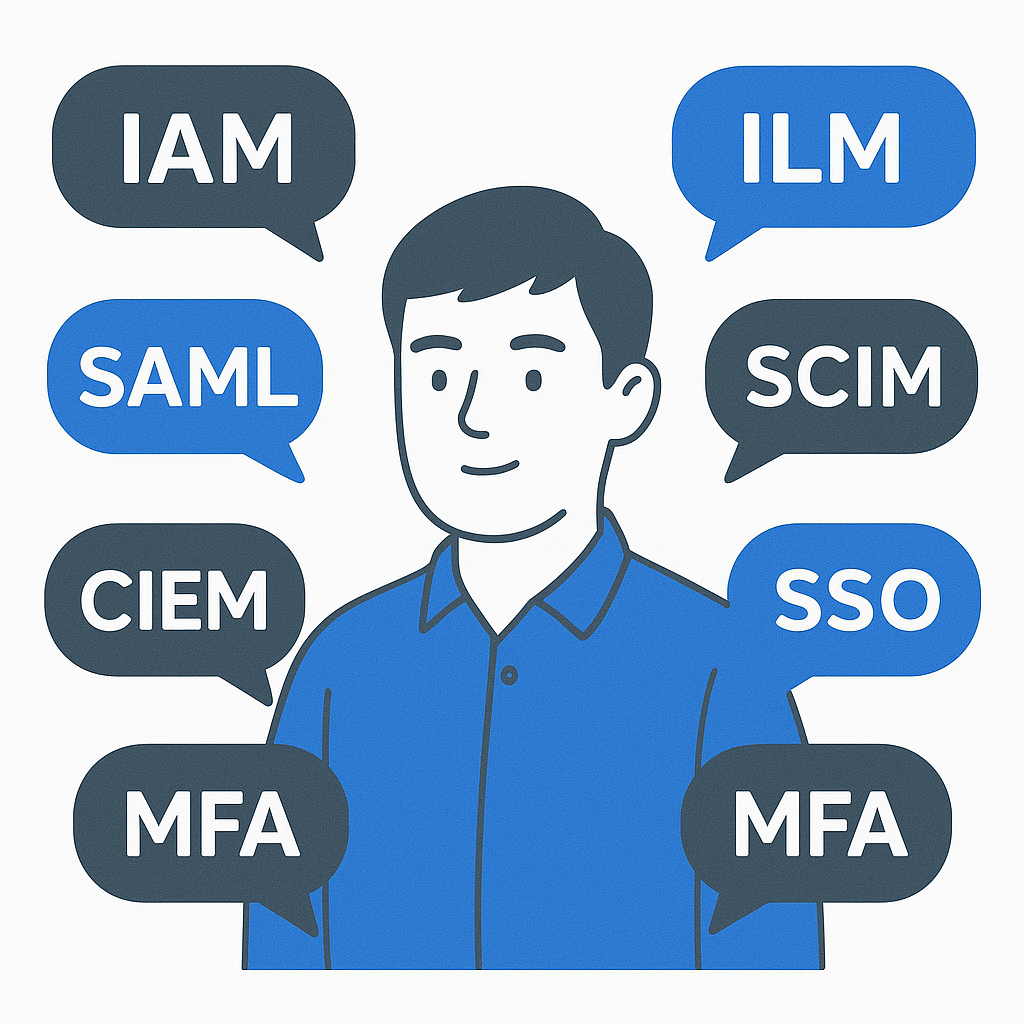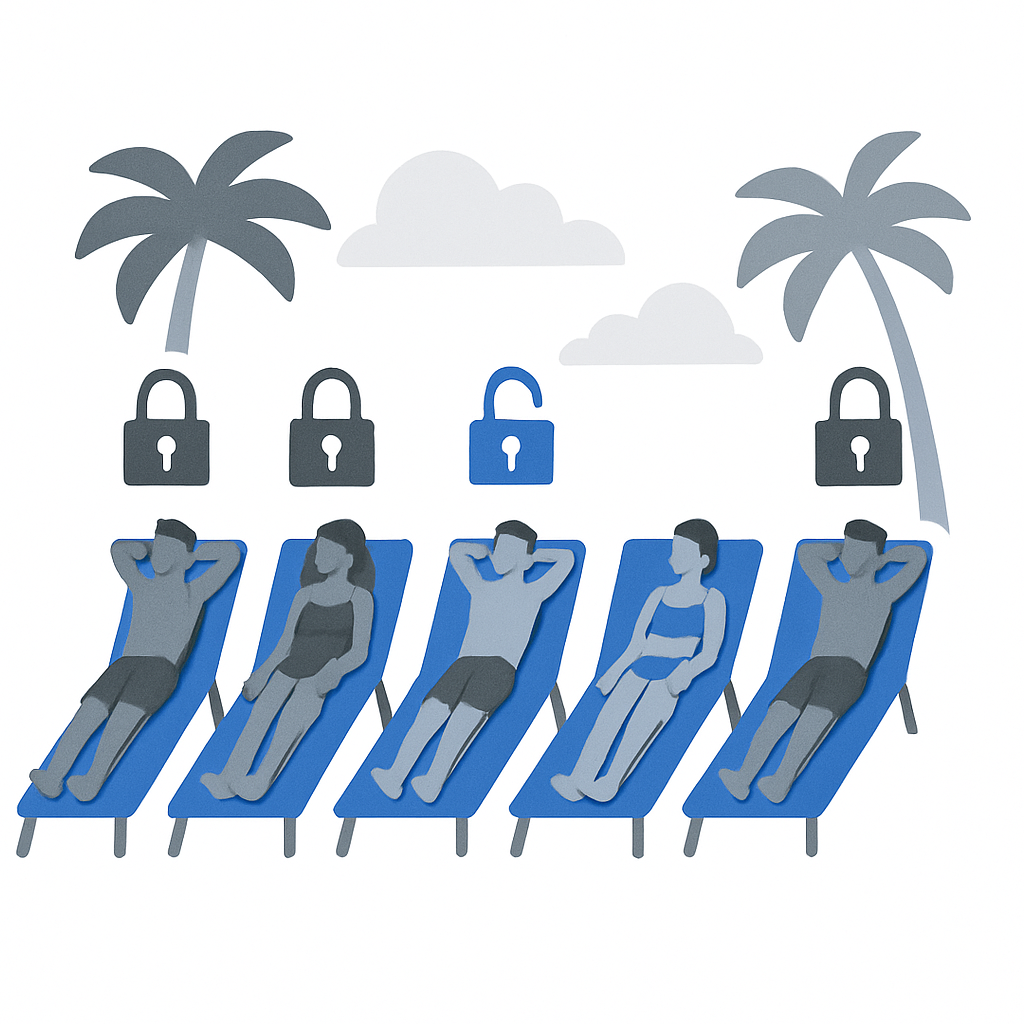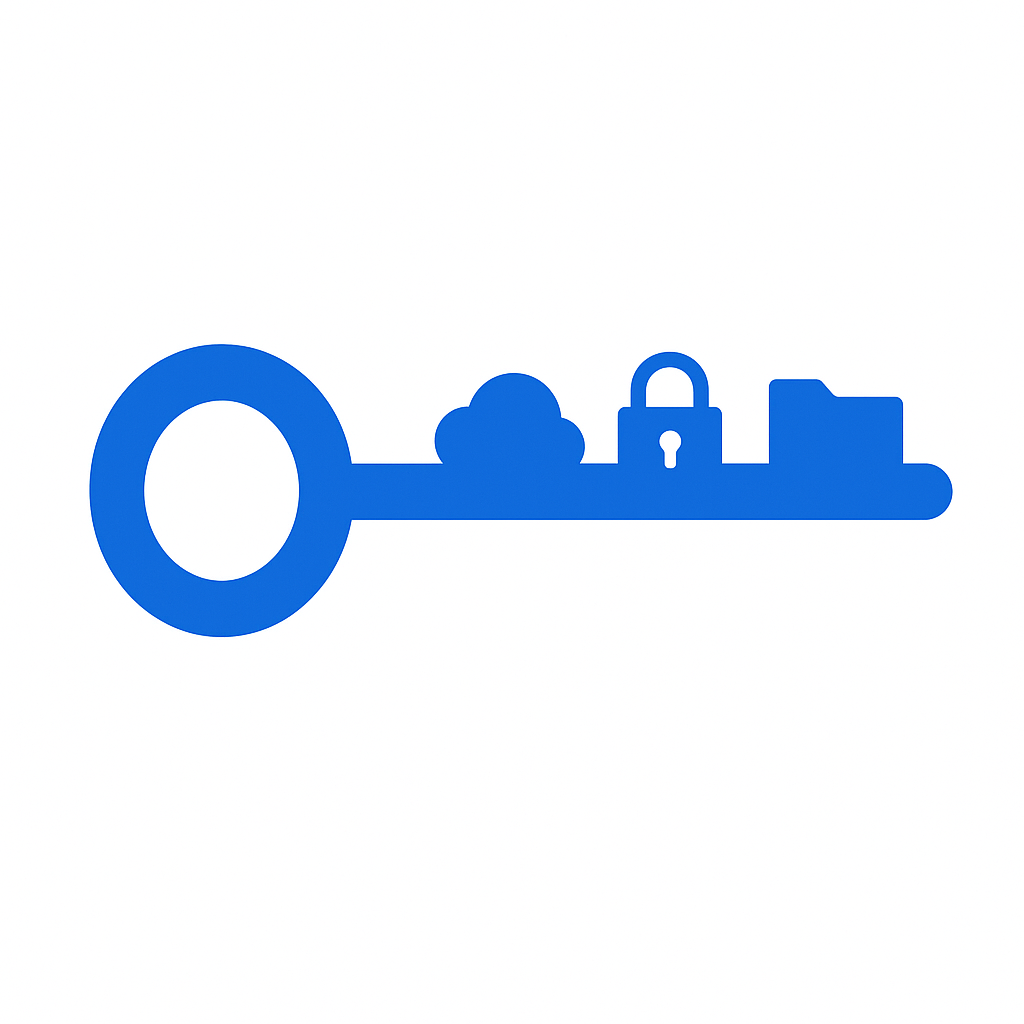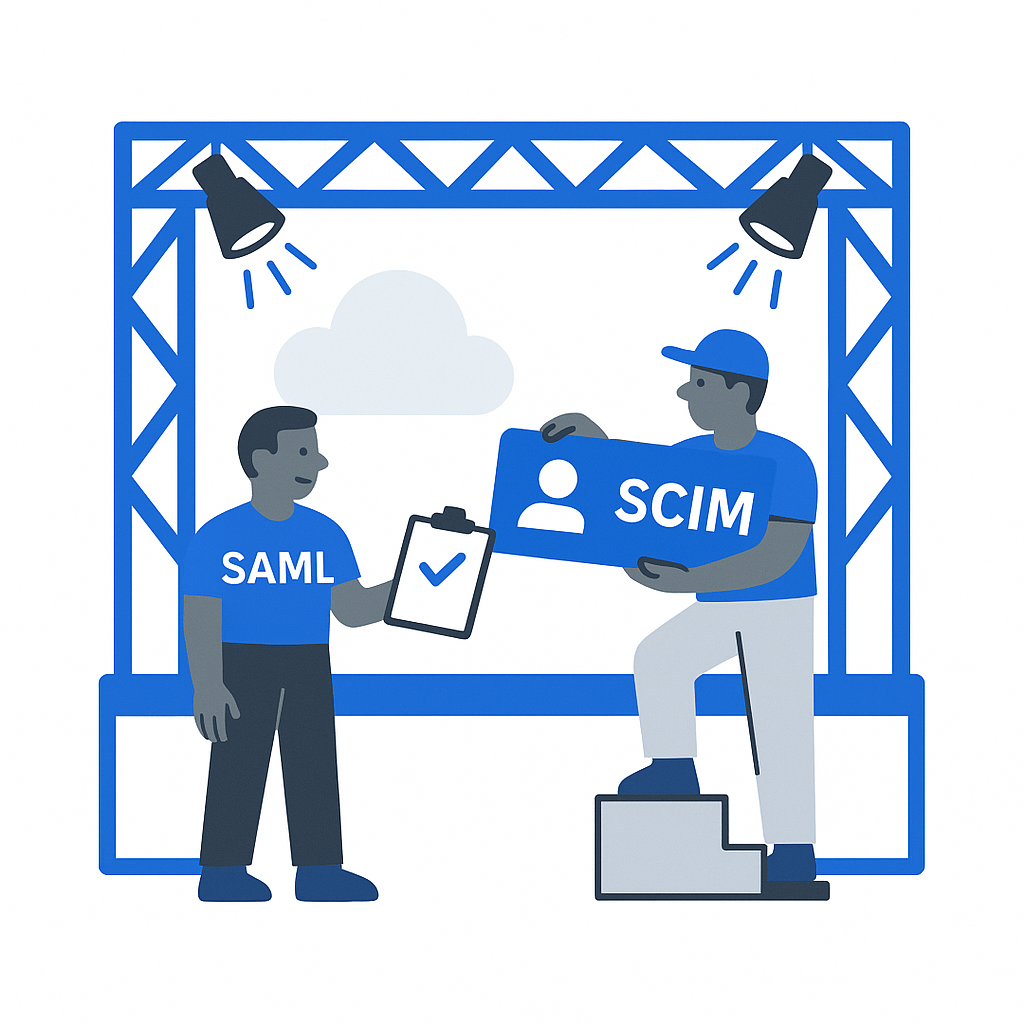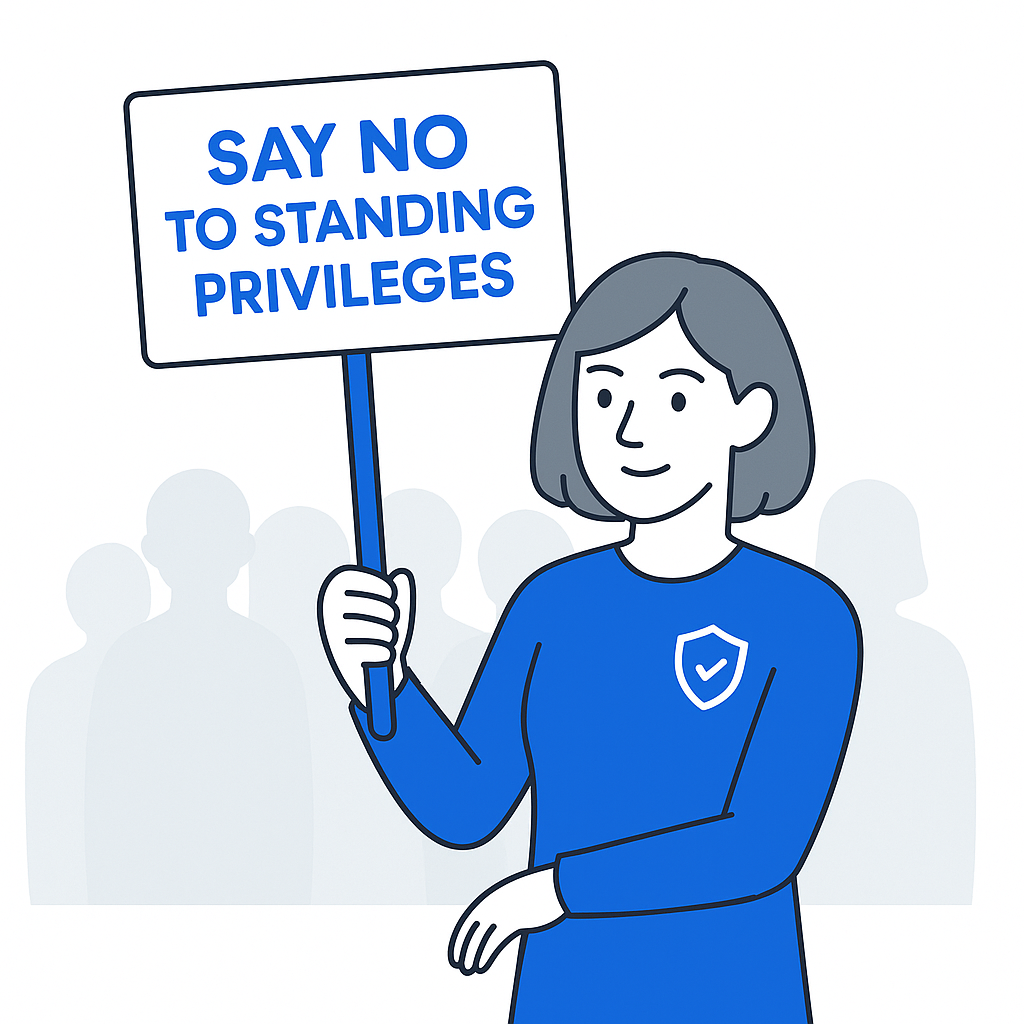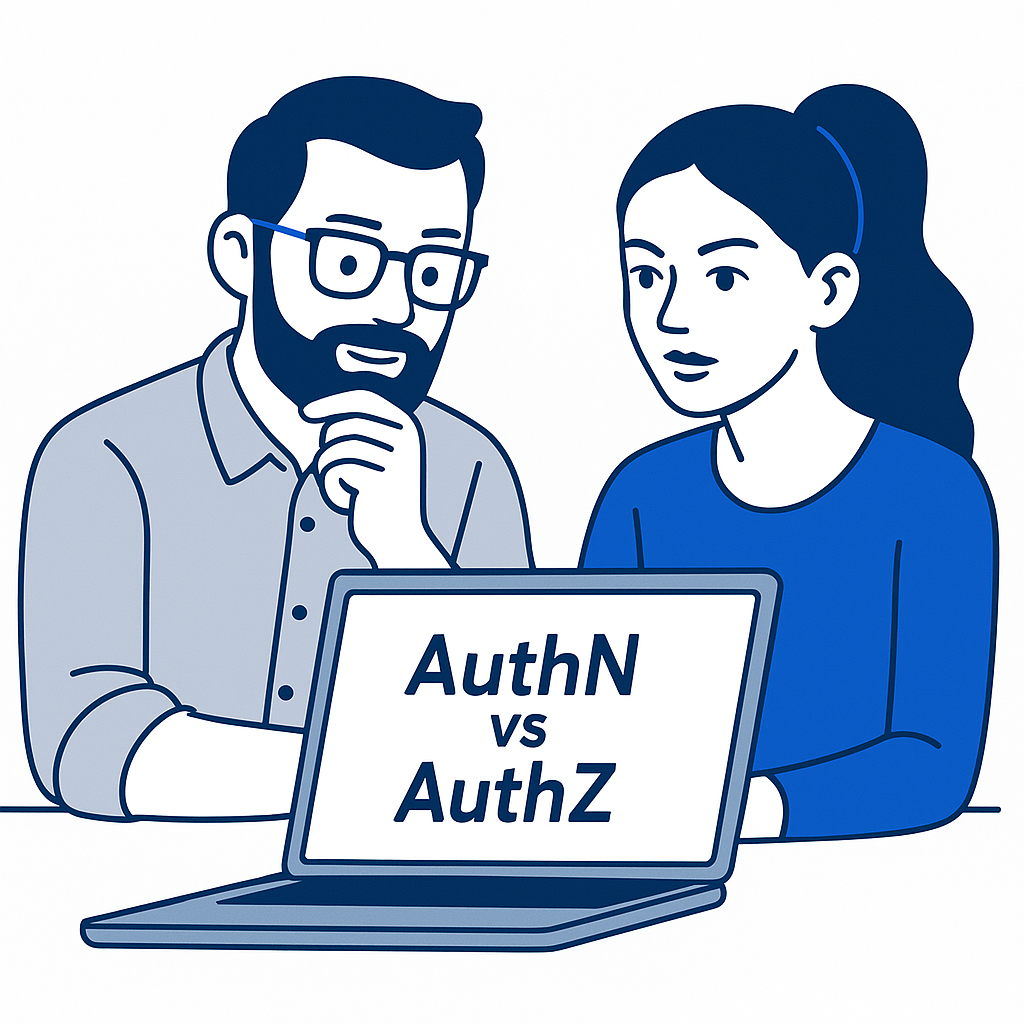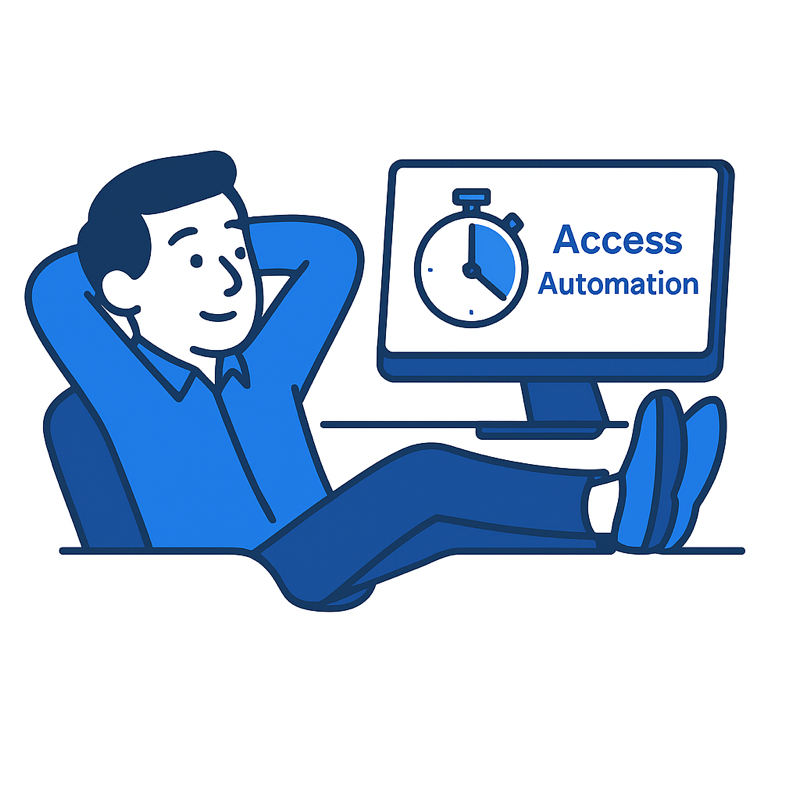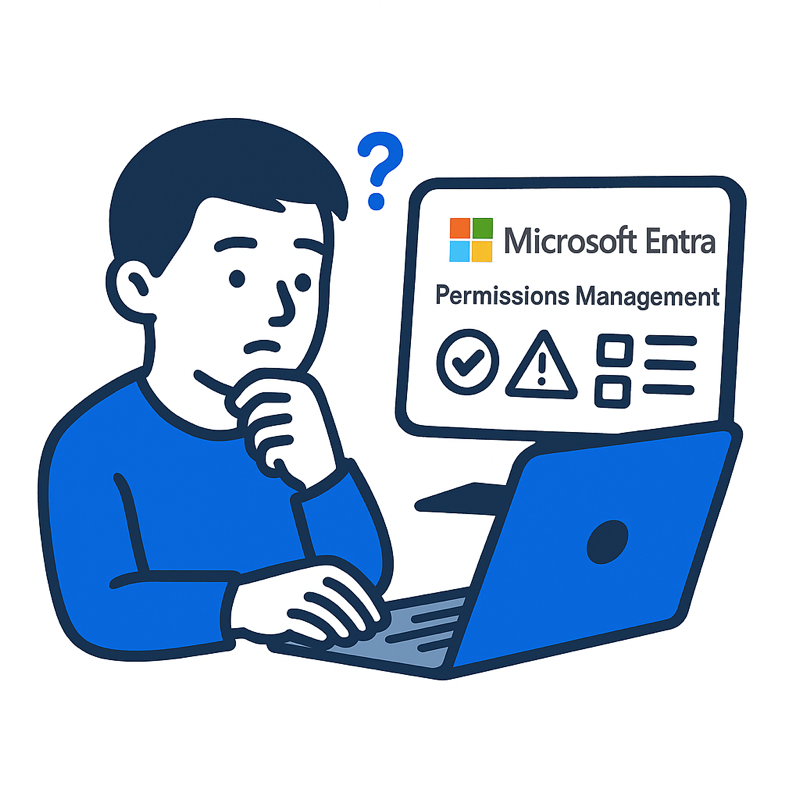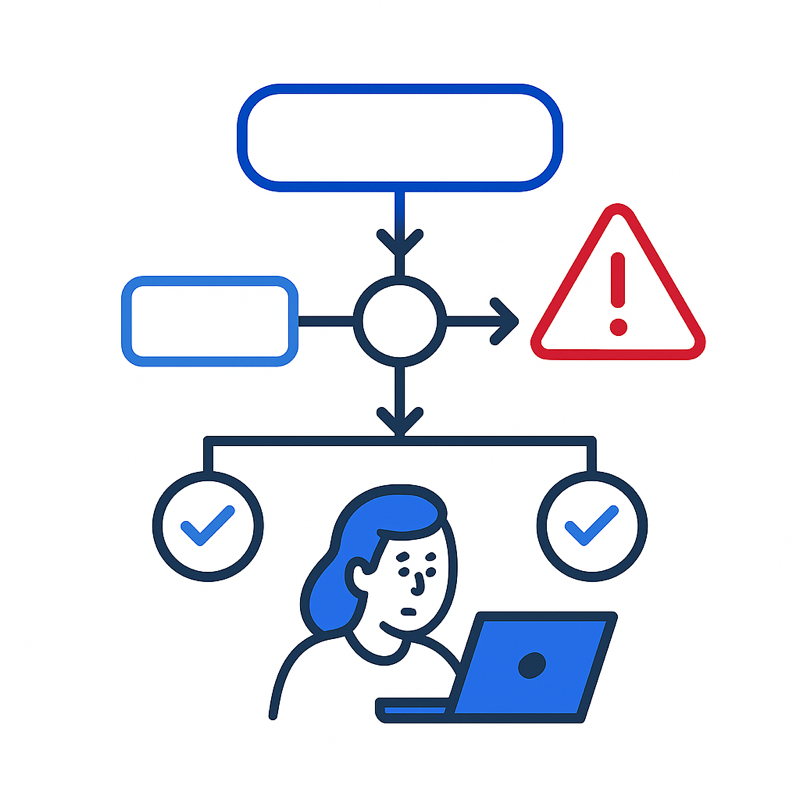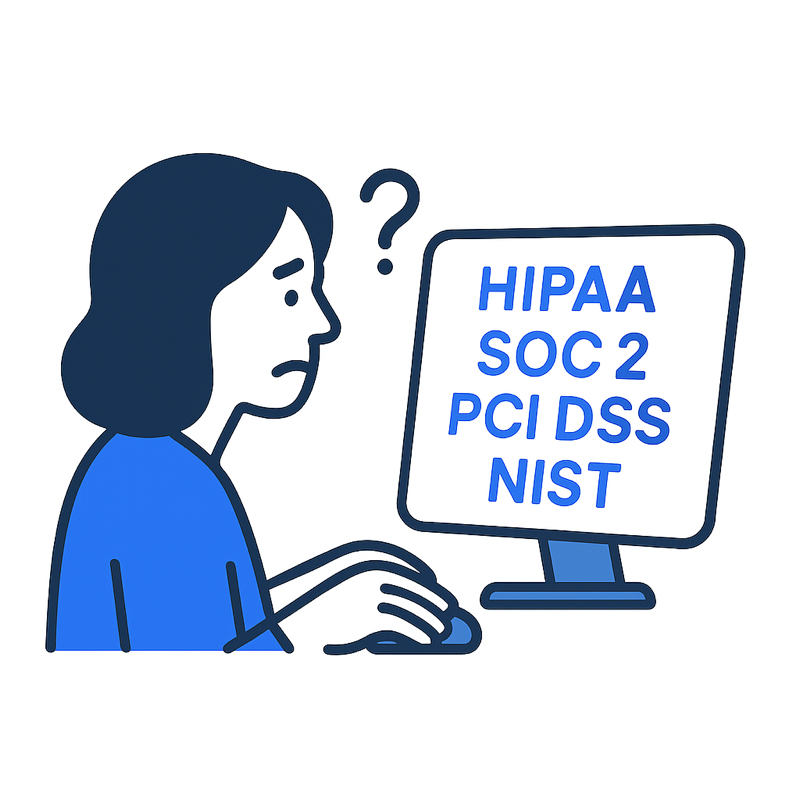AuthN vs AuthZ
Why the Difference Matters for Cloud Security
Within cloud security, few concepts get mixed up as often as authentication and authorization. They’re related, sure, like a lock and the key, but they solve two entirely different problems. Confuse them, and you risk building a front door with an impressive security system… that opens straight into a production environment where anyone can deploy, delete, or download at will.
When it comes to managing access across AWS, Azure, and Google Cloud, understanding AuthN vs AuthZ is not just an exercise in security semantics. It’s the difference between preventing intrusions and containing the damage when someone inevitably gets through.
What’s Authentication (AuthN)?
Authentication, often abbreviated as AuthN, answers a single question:
“Are you who you say you are?”
This is the part of the process we’re most familiar with as end-users. You enter your username and password, perhaps respond to that essential multi-factor authentication (MFA) prompt, and maybe even pass a biometric check. Get all that right, and you’re authenticated.
In practice, authentication methods include:
- Passwords and passphrases
- MFA tokens (app-based, SMS, or hardware)
- Security keys like YubiKeys
- Biometrics such as fingerprint or facial recognition
Think of AuthN as the ID check at the front door. The bouncer looks at your driver's license, checks your age, and sees that your face matches the photo, then waves you through. At that moment, you’ve proven your identity, at least to their satisfaction.
What’s Authorization (AuthZ)?
Authorization, or AuthZ, comes after you’ve been authenticated. It answers a different question:
“Now that we know who you are, what are you allowed to do?”
In a cloud context, authorization is about granting (and revoking) permissions. The rights to read, write, delete, or configure specific resources. AuthZ defines the scope of your access inside the system.
Using our nightclub analogy, the bouncer not only checks your ID (AuthN) but also decides whether you can access the VIP lounge, the DJ booth, the champagne bar, or just the main dance floor (AuthZ) and gives you the appropriate wristband.
Why Mixing Them Up Is Dangerous
It’s tempting to assume that strong authentication automatically means strong security. After all, if an attacker can’t log in as you, they can’t do much harm… right?
Well, not quite. Even if authentication is rock-solid, overly generous authorization can undo it all. If every authenticated user holds broad, permanent privileges, a single compromised account can be catastrophic. One click on a phishing link, one set of leaked credentials, and your production environment is wide open.
This is where modern access control strategy comes into play, and where many organisations are still vulnerable.
The AuthN vs AuthZ Problem in the Cloud
In traditional on-prem environments, access control was often more static — roles were defined, accounts were managed internally, and permissions changed infrequently. In cloud environments, identity is the new perimeter, and that perimeter is constantly shifting.
Across AWS, Azure, and Google Cloud, you have:
- Human users logging in from multiple locations and devices
- Service accounts running automated workloads
- API keys and tokens allowing machine-to-machine communication
- Contractors, partners, and temporary team members who need short-term access
If you treat AuthN as the full extent of your access control strategy, you’ll inevitably end up with stale or orphaned accounts, excessive privileges, and no clear record of who can do what. That’s not a security posture, it’s a security problem waiting to happen.
How we Strengthen the AuthZ Layer
Authentication is critical, but Trustle’s sweet spot is strengthening the Authorization layer; making sure that “what you’re allowed to do” is kept to an absolute minimum, for the absolute minimum amount of time.
Here’s how:
- Just-in-Time (JIT) Access
Even if a user passes AuthN perfectly, Trustle ensures they don’t have standing privileges hanging around. They request the permissions they need when they need them, and those rights vanish automatically afterwards. No more forgotten “temporary” admin rights lingering for months.
- Zero Standing Privileges (ZSP)
By default, users and service accounts have no ongoing elevated access. Everything is granted dynamically, with a clear record of who approved it and why.
- Multi-Cloud Visibility
Trustle unifies entitlement data from AWS, Azure, and Google Cloud, so you can see exactly what each authenticated identity can do — across every platform — in one place.
- Lifecycle Management
Orphaned accounts, unused permissions, over-provisioned service accounts — all identified and remediated automatically. Authorization decisions stay fresh and accurate over time.
- Audit-Ready Logs
Every AuthZ event (request, approval, expiry) is tracked. This makes compliance reporting far simpler and far faster.
The Real-World Payoff of Getting AuthN vs AuthZ Right
Strong authentication keeps attackers from walking in the front door. Strong authorization ensures that, even if they do, they can’t wander into every room, open every drawer, and leave with whatever they like.
By combining robust AuthN controls (MFA, passwordless login, hardware keys) with dynamic, least-privilege AuthZ practices (JIT, ZSP, automated revocation), you massively reduce your attack surface.
For most modern breaches, credentials are only the first domino. What determines the blast radius is whether the compromised account is over-privileged. If AuthZ is tight, an attacker’s options are sharply limited, and the incident is far easier to contain.
Final Thoughts on AuthZ and AuthN
When people talk about “locking things down,” they often focus on authentication, and it’s easy to see why. It’s visible, it’s tangible, and it feels like the first line of defence. But in a cloud world, AuthZ is where the real damage control happens.
The difference between AuthN vs AuthZ isn’t just academic. It’s operational, it’s strategic, and it’s measurable. Without strong authentication, you can’t be sure who’s logging in. Without strong authorization, you can’t be sure they’re not about to take down production.
Trustle’s approach recognizes this: authenticate users securely, yes, but then keep authorization lean, dynamic, and visible. Because in today’s threat landscape, it’s not enough to know who someone is. You need to be certain of exactly what they can do, and for how long.


















